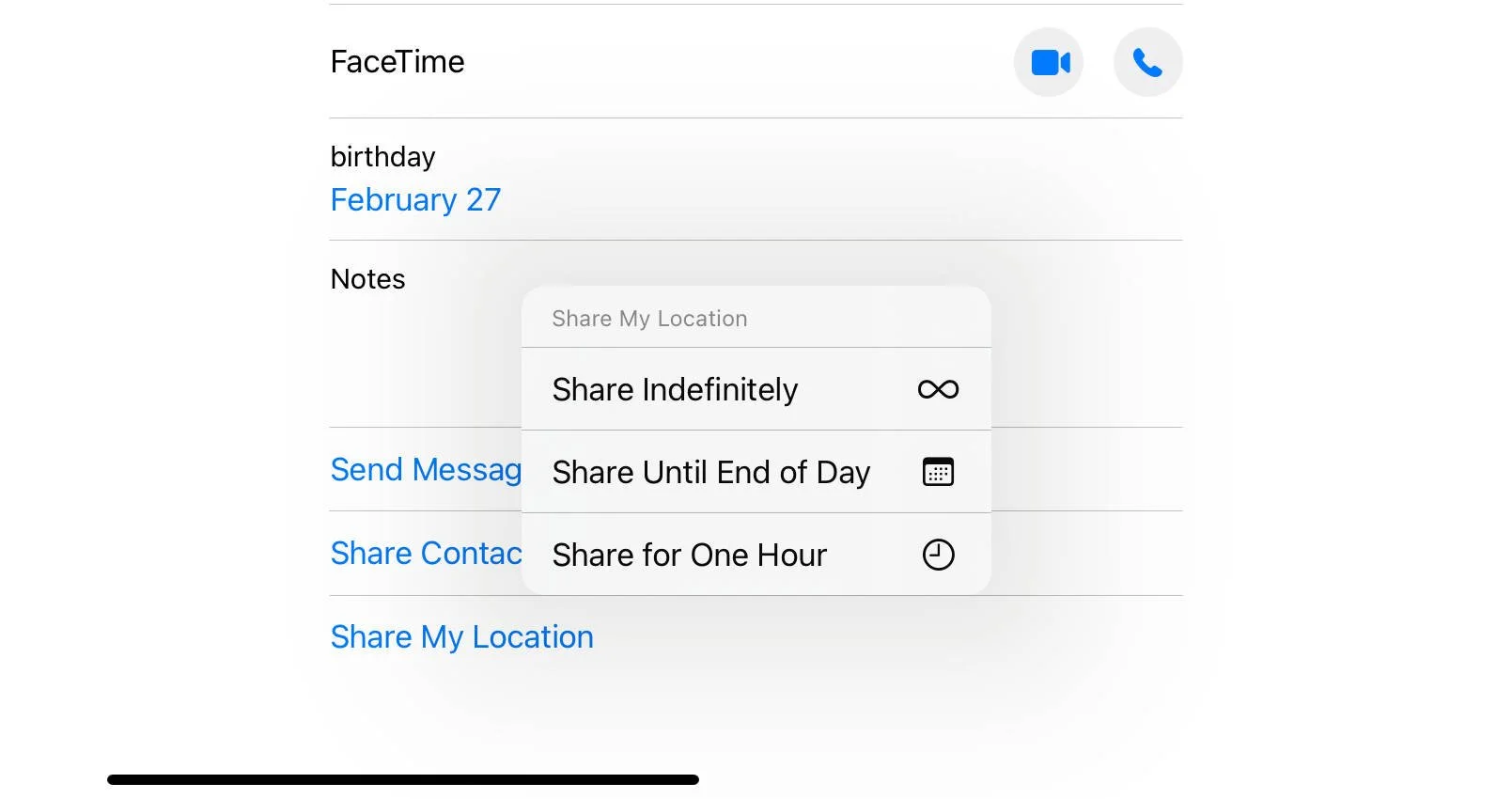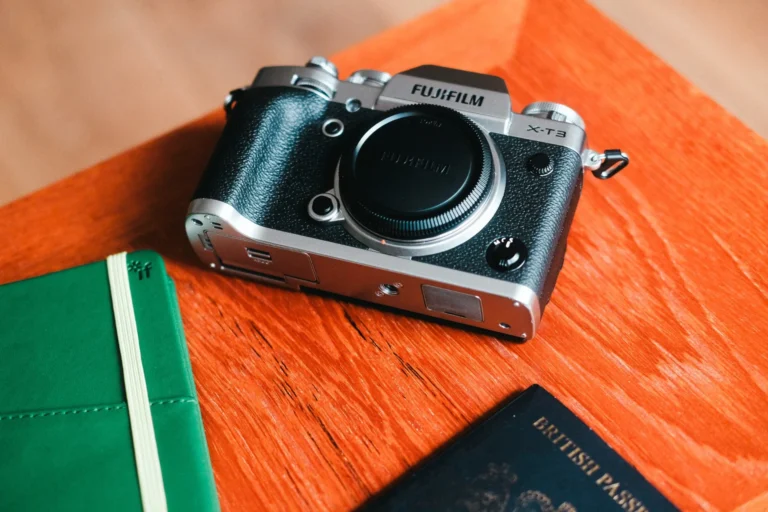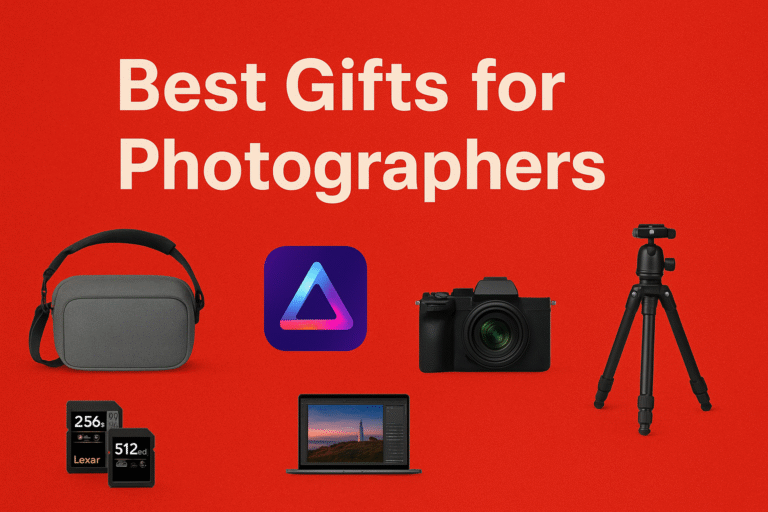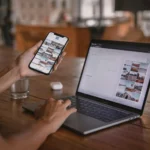
Photo by The World Hopper
Being a solo travel photographer is a thrilling experience. You enjoy a sense of freedom that you’ll seldom access in other areas of life. As enjoyable as it is, there are certain precautions one should take to ensure the best experience. In this article, I’m sharing some tips on how to stay safe as a solo travel photographer.
-
Safety is crucial for solo travel photographers, and the article offers practical tips from an experienced traveler.
-
Proper preparation, including research and local connections, can significantly reduce risks while on the road.
-
Technology and insurance play important roles in maintaining safety and protecting valuable photography equipment.
I write this article as someone who has traveled the world full time for six years doing travel photography. However, as a man, I know there are certain safety measures a woman has to take which I can not speak to. That said, I’m confident all of the tips are useful for every travel photographer.
At a glance: Stay safe as a solo travel photographer
I’ll get into more details about how travel photographers can stay safe on trips. However, if time isn’t at your disposal here is what you can do at a glance.
-
Do your research
-
Never visit dangerous areas alone
-
Always share your accommodation
-
Have emergency contacts as wallpaper
-
Share live location with someone close
-
Padlock protect
-
Get insured!
Solo travel photographer: Do your research

Six years ago I was very much a “wing it” type of travel photographer. Go with the flow and see what happens. Unfortunately, that meant I ended up staying in some rough areas and on more than one occasion had to get myself out of some tricky situations.
When planning a travel trip, make sure you know the safest neighborhoods to stay and the best places for accommodation. If you’re on a budget and are staying in hostels, make sure you pick somewhere with lockers, so you can pack away your camera when you have other plans.
Although I have issues with AI imagery, in recent times I have turned to using AI for planning my travel photography adventures. Overall I’ve had positive results and it’s saved me a lot of time going through multiple articles.
Solo travel photographer: Find a guide

If you watch YouTube you may see several videos titled “I visited the most dangerous area alone”. Don’t do this, especially if you have thousands of dollars worth of photography gear on your person.
It’s easy to find a local guide or even someone who is well known in the community, if you feel the need to document dangerous parts of a specific city. You’ll have to pay for their time, of course. But consider it as a very small investment that can help you from losing all your expensive gear.
Facebook groups, local tour vendors and word of mouth are a great way of finding someone to accompany you. They tend to know areas like the back of their hand. This often means they recommend cool places for you to photograph which may not come up in your initial research.
Solo travel photographer: Share accommodation

A simple but necessary tip: Make sure someone knows where you’re staying at all times. This can be cumbersome if you’re someone who moves from one day to the next. But, in the rare event something happens to you, it’s good for someone to know the address of your accommodation along with a contact telephone number.
Apps like AirBnB make it easy to share your booking information. Just a few clicks and you can email it all to a person of your choice. Ideally, it should be family and also a contact you have in the local area. That way someone can support you quickly if you need and your family is not on the other side of the world worrying about you.
Solo travel photographer: Emergency contacts

If you have a health problem or something happens to you, it’s important local authorities know who to contact. Android devices and iPhone’s allow you to add emergency contact information, however not everyone knows how to access the details when your phone is locked.
Write your emergency contacts in the Notes app, take a screenshot and save it as your wallpaper. This way, if you’re unable to unlock your phone, someone can pick it up and see the details when your phone awakes. Be sure to include local dialing codes for your emergency contacts so people can ring them from abroad.
Solo travel photographer: Live location

Today’s phones allow us to share our live location with others. You can do this either through apps like WhatsApp or through your iPhone contacts if you’re an Apple user. This is useful if you intend to do travel photography in remote areas (that still have internet access) where you’re unlikely to encounter many other people.
You can control how long you share your location, ranging from one hour to indefinitely. In the unlikely event something happens to you, someone will be able to locate you and direct local authorities. Top tip: take a powerbank with you whenever you go remote, this ensures you can keep your phone alive when you don’t have access to outlets.
Solo travel photographer: Your camera bag

Peak Design
Camera bags can come in a range of vibrant colors. Although this is fantastic, the more vibrant options stand out like sore thumbs. On your travels, I recommend using a camera bag that’s dark in color, so it doesn’t draw attention to the people you pass.
You can also buy padlocks that are specifically designed for camera bags. You can unlock them with a code or a key, depending on your preference. I appreciate this may slow down quick access to your gear, but a missed frame is better than stolen equipment. You can pick a padlock up online for around $15 to $20.
Solo travel photographer: Get insured

“I’m sure I’ll be fine.” The famous last words of every travel photographer who lost their gear and didn’t get insurance. I understand it can feel like a pain signing up for insurance when you travel, but it’s really only a small inconvenience.
You have more chances of forgetting your gear or breaking it when abroad so make sure your insurance covers you for accidental loss and damage. There are several options out there, many of which cover personal and business, so do your research before committing to a plan.
Signing off
That’s plenty of tips to stay safe as a solo travel photographer. All of them are easy to implement and they’re all there to give you peace of mind and enhance your experience. These tips take very little leg work and their benefits are plenty. They also allow you to worry less and focus on what’s important; making the best travel photography images you can.
Before you go, if you’re fresh on your photography journey and love travel, it’s worth reading this how to become a travel photographer article I wrote. There are plenty of tips in there too.
How do you stay safe on the road? Did you find this article useful? Let me know in the comments. Thanks for reading.
Want your work featured on Them Frames? Pitch us.










